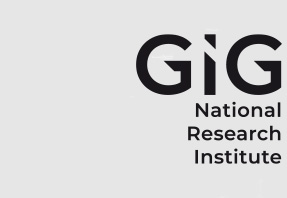Author ORCID Identifier
Getahun Meseret: 0009-0005-5383-2534
Bisrat Kebede: 0000-0003-3325-2848
Belayneh Digafe: 0009-0002-4008-1725
Abstract
Previous investigations in the target area primarily focused on ore genesis or the geological formations of the ore deposit, neglecting the specific beneficiation aspects associated with the ore. Due to gaps with respect to beneficiation aspects,the research aimed to determine the liberation size of the target iron-bearing ore mineral through mineralogical identification, chemical composition analysis, and examination of the particle size distribution. In this study, various methods were employed, including atomic absorption spectrometry (AAS), X-ray fluorescence (X-RF), X-ray diffraction (XRD) analysis, and sieve analysis. The chemical composition analysis of Mekaneselam iron ore revealed significant amount of 16.55–77.59 % Fe2O3, 7.31–59.02% SiO2, 1.44–17.38% Al2O3, and minor compositions of P2O5 resulting from X-RF and AAS compositional analysis. P80 of the ground ore sample occurred at a size of 1100μm. The size-wise chemical compositional analysis using AAS indicated a higher weight percentage of the target ore mineral within the sieve size range of (-250μm +180μm). This indicates ,the appropriate liberation size of the target iron-bearing ore mineral falls within the sieve size range of (-250μm and +180μm).This finding is most important as it provides crucial information for the beneficiation process, allowing for the optimization of grinding and subsequent extraction operations.
Recommended Citation
Meseret, Getahun; Kebede, Bisrat; and Digafe, Belayneh
(2025)
"Determination of the liberation size of Mekaneselam Iron Ore in the Southern Wollo Zone, Northern Ethiopia: implications for beneficiation,"
Journal of Sustainable Mining: Vol. 24
:
Iss.
1
, Article 4.
Available at: https://doi.org/10.46873/2300-3960.1438
Creative Commons License

This work is licensed under a Creative Commons Attribution-Noncommercial-No Derivative Works 4.0 License.

